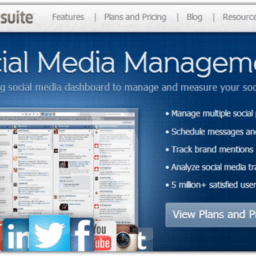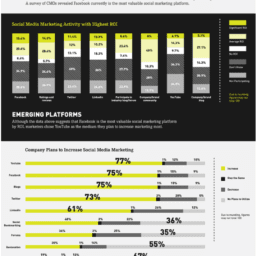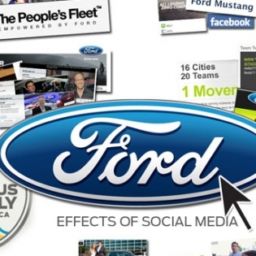
One common misconception about creating a viral video is that it will cost a lot of money if you want the result to look professional. In reality, your whole project can be launched for under $200. Justin Bieber, the teen pop star, started his claim to fame from his bedroom with an inexpensive camera. Today, most of his videos have tens of millions of views.
So how do you create viral videos when you have a tight budget?
Budget Video Cameras
Today, for as little as $100, you can get a high definition camera that shoots decent video. It may not be professional grade, but if your actual content is good, many web visitors will be willing to overlook that.
Take a trip to Best Buy or Costco, or check out price comparison sites online. Keep your eyes out for special sales and promotions as well.
In addition, don’t forget that many smartphones today have cameras that are more than sufficient to record high quality video. For example, the iPhone 4’s 4 megapixel camera can produce videos that are definitely good enough for online viewing.
Shooting the Video
Your video is best shot with a friend. Trying to shoot yourself on video, while possible, is quite difficult and awkward.
Experiment with different camera angles, clothes, and backgrounds to see what looks best. You’ll often have to do multiple takes to get something right. Don’t be surprised if a one-hour video takes you all day to shoot.
Editing Your Video
There are many different ways you can edit your video for free.
To start with, use the free iMovie for MAC or Windows Live Movie Maker for PC. You can download the free Windows program online if its not already on your computer. Though these programs won’t have all the advanced special effects or color correcting options, you’ll be able to do most of your basic edits.
Another free editing software is CamStudio, which is a free version of the well-known, but expensive, Camtasia editing software.
Rendering Your Video
Finally, once you’ve shot and edited your video, the last step is to render your video into a usable format.
Rendering refers to the last part of the editing process where you actually create your new video file. Generally, you’ll want to create a small sized, decent quality video rather than a large high quality video.
YouTube will re-render your video to a smaller size anyway once you upload it.
Distributing Your Video
There are several online video distribution services – some paid, some free – that will submit your video to a number of different video hosting sites.
YouTube is the most prominent site and definitely has the most traffic. But many other sites, like Dailymotion, Metacafe, Vimeo and others still have quite a bit of following. Getting your video on those sites as well can really increase your exposure.
At this point, you’ve bought an inexpensive camera, recorded your video, edited it for free, and uploaded it to one or more video distribution sites. If your video is good and has viral potential, it might just take off. Best of all? You’ve spent less than $200 on the whole process.















